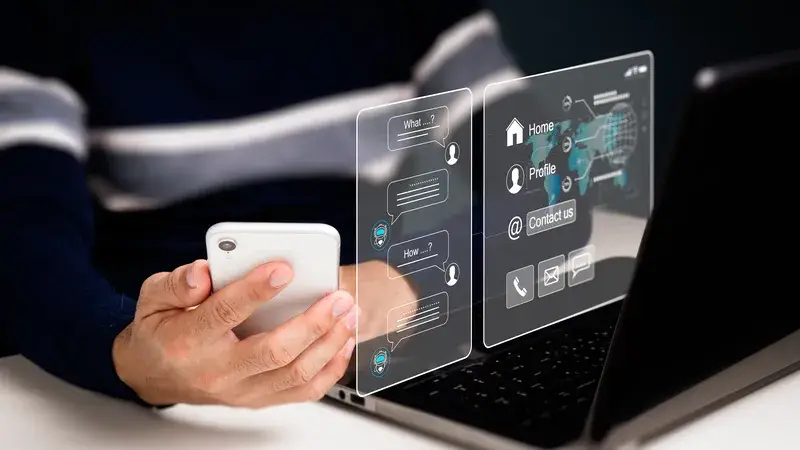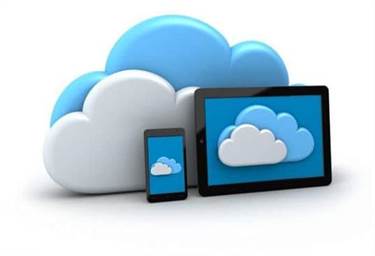In our use case, the number of peers is small enough so that this is not an issue. In larger networks, however, Raspberry Pis might not be sufficient to handle the large number of communication threads. When a connection is lost, the timeout can take several seconds to be noticed by the transport layer. In the meantime, the communication thread waits for a reply or a timeout and is not able to process other messages from its queue. This leads to the remaining nodes not receiving further messages until the timeout is noticed.

When we initially designed the peer-to-peer communication for our node implementation, we dedicated one thread to handle all the messages to be sent to the node’s peers. This means that one thread with a message queue would process the messages to be sent one by one and other threads, e.g., the miner, would place the messages to be sent in this queue. However, when connections are lost or the number of nodes is larger, communication can slow down significantly or even come to a halt. The communication link between the clearing server and the app uses out-of-the-box HTTPS with authentication and encryption. All components of our system—the nodes, the clearing servers, and the apps–communicate over a virtual private network (VPN). Since the nodes are placed on customer premises, where unchanging public IP addresses are not guaranteed and network address translation (NAT) is common, the VPN simplifies communication on the network layer.
Great Companies Need Great People. That’s Where We Come In.
Movement of funds in each account was publicized, but only the owner knew who owned the account. By exploiting the anonymity, it is possible to transfer funds while keeping the identity of the account owner secret. Thus, blockchain appears to be well suited for use in illegal transactions and money laundering. However, anonymity in blockchain is not perfect, and identities may be uncovered if the system is abused extensively.
To date, more than 300,000 creators have joined the Brave Rewards model. It promises that earnings reach every stakeholder of the musical content creation life-cycle equally. Furthermore, it assists creators with their music-related metadata https://www.globalcloudteam.com/ and commercial value. Estimated to be worth US$11 billion in 2019, market researchers predict that it will grow at a rate of 12% CAGR through 2030. 2nd Research Department, Financial Strategy Research Group, Hitachi Research Institute.
What is Blockchain in Simple Terms?
This is an important aspect of this work, where the abilities of blockchain technology are observed in a practical setting. To feed the billing process, the clearing server uses the node’s API to request the currently known distribution of portions. The portions held by each customer for each time slot are then used for billing. Therefore, the customers’ energy consumption and energy production (as read from the smart meters) is mapped to their respective portions.

For example, AES is limited to 128 bitsFootnote 31, meaning that AES-256 is not available. To work around this limitation, strong cryptography has to be enabled explicitly. As power consumption and price are main criteria in our use case, we use Raspberry Pis without the overhead of simulating x86-64 architecture on it.
Define Your Usecase(s) for Building a Blockchain
Also, some blockchain engines combine many programming languages for robustness and ease-of-use for developers. There are plenty of blockchain resources online, but it can be overwhelming and frustrating to understand as a beginner to this booming technology. However, this article is a little different than those other resources. There is no Central Server or System which keeps the data of the Blockchain. The data is distributed over Millions of Computers around the world which are connected to the Blockchain. This system allows the Notarization of Data as it is present on every Node and is publicly verifiable.
- For this purpose, each transaction contains sender and receiver information, as well as the number of coins to be transferred.
- Sometimes this is necessary, however the majority of the time, it is not.
- It is clear that the handshake, in particular the key exchange, requires about as much time as the unencrypted connection does in total.
- Nodes on the network participate to ensure that all copies of the data distributed across the network are the same.
- A revocation process ensures that inactive users no longer participate in the blockchain.
- The EU provides funding for blockchain research and innovation through grants and prizes and by supporting investment.
Blockchain could be a data structure that could be a growing list of information blocks. The knowledge blocks area unit coupled along, such recent blocks can’t be removed or altered. Blockchain is the backbone Technology of the Digital CryptoCurrency BitCoin. We have deployed a secure cloud infrastructure and integrated third-party
APIs.
Find our Professional Certificate Program in Blockchain Online Bootcamp in top cities:
A database is like an address book in which many data elements are stored systematically and organized for easy use. Blockchain is a new technology that allows us to record data and sources and recipients of data exchanged on the Internet, thereby creating an accurate, permanent, and very inexpensive database. This has transformed data into a new type of productive resource, by which we can manage production processes in a much more precise manner. With data on people’s medical histories, doctors will be able to diagnose a patient’s illness much more accurately and give better or more appropriate treatments. With data on car driving, insurance companies will evaluate driving risks much more accurately, thus allowing them to reduce insurance fees where appropriate. With data on purchases in stores, both manufacturers and retailers have increased ability to market attractive products to customers.
The technologies above prevent falsification of transaction details and duplicate transactions, enabling autonomous transaction record operations without the need for a designated administrator. A typical use case that can be achieved blockchain creation by taking advantage of this feature is remittances using a virtual currency such as Bitcoin. Conventional remittance transactions are done by rewriting the ledger that centrally manages the payer’s balance information.
How to Create a Blockchain Network
Information technologies such as AI, IoT, and big data are expected to contribute greatly to the realization of a new human-friendly ecosystem. However, it is a mistake to think that such an ecosystem will be built if technological innovation is realized. The modern economy faces major problems of data monopoly and data abuse. It is not only humans that can be connected with cyber space through IoT. Computer sensors can be placed on livestock in pasture to keep track of their health and nutritional needs. If sensors are attached to trees and every square meter of farmland, the growth conditions of trees and vegetables in every square meter of the field can be monitored.

Even if a computer on the network were to make a computational mistake, the error would only be made to one copy of the blockchain and not be accepted by the rest of the network. Healthcare providers can leverage blockchain to store their patients’ medical records securely. When a medical record is generated and signed, it can be written into the blockchain, which provides patients with the proof and confidence that the record cannot be changed. These personal health records could be encoded and stored on the blockchain with a private key so that they are only accessible to specific individuals, thereby ensuring privacy. As we now know, blocks on Bitcoin’s blockchain store transactional data.
Cryptocurrencies
Some distributed networks also have peer-to-peer networks, with only completely identical nodes without a central node. However, in this case, network-wide sharing of the same data is very difficult. A token is a device to raise funds for developing blockchains and blockchain applications (DApps). A token can be thought of as a ticket for using the services that a DApp promises to offer.